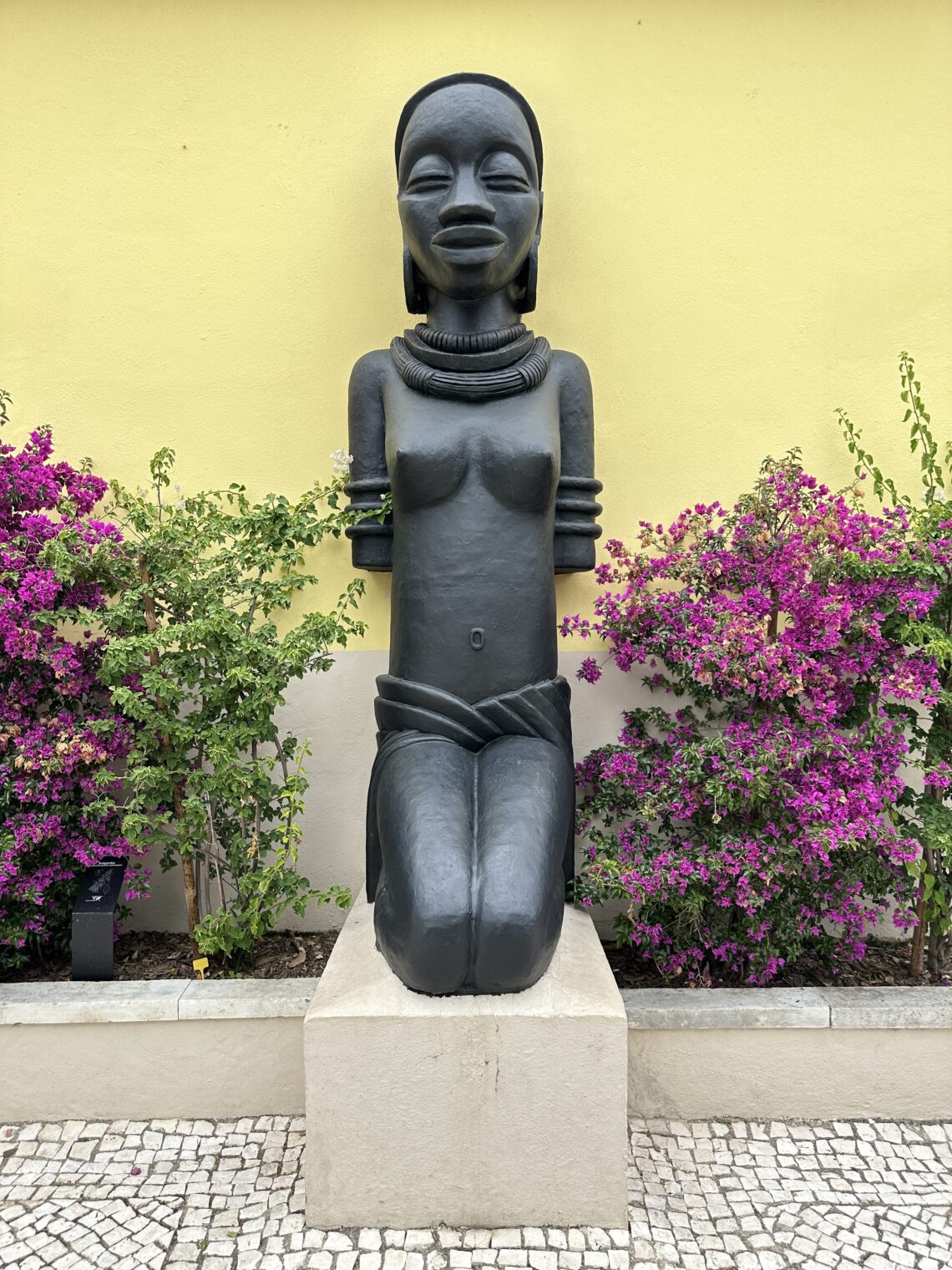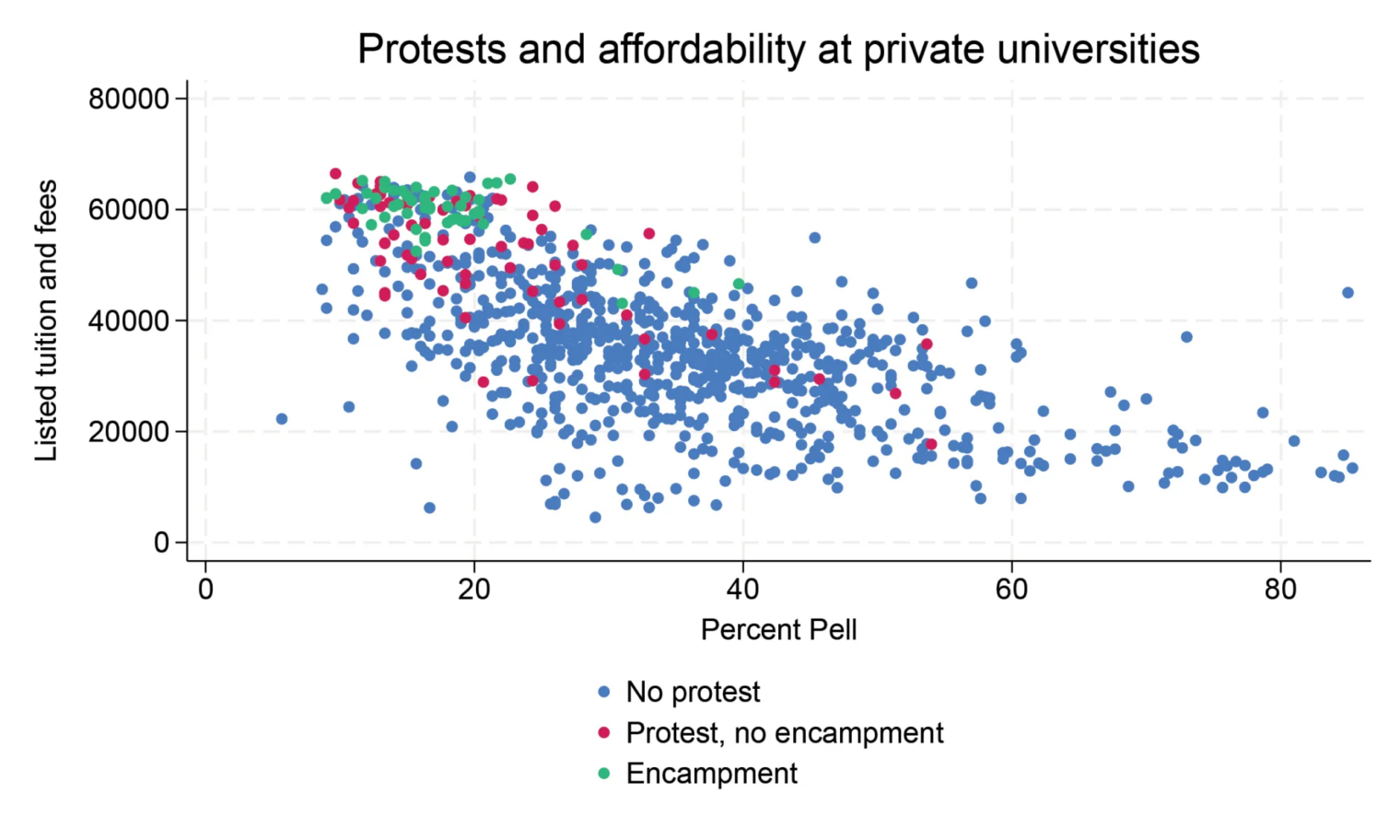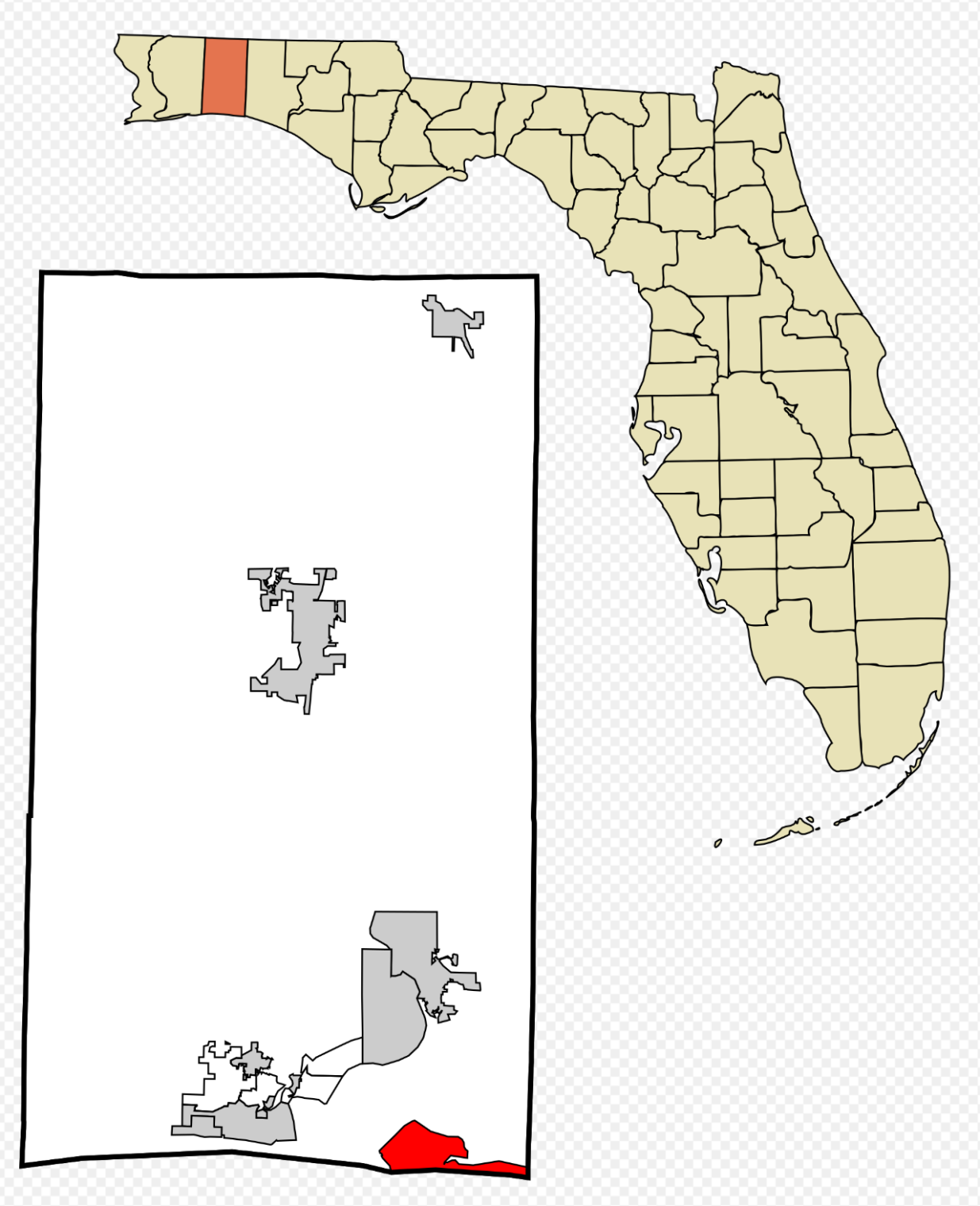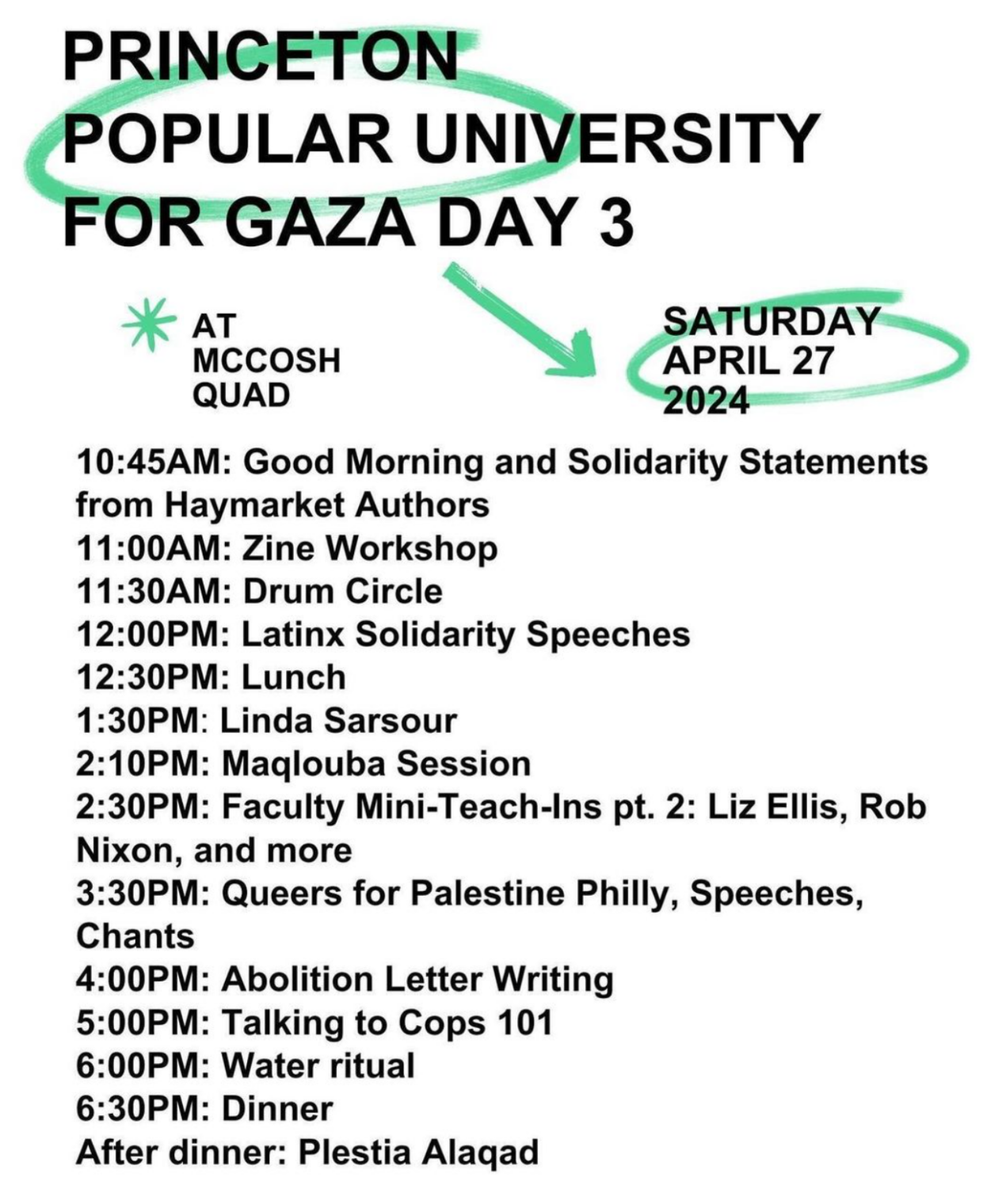Today we celebrate the 20th anniversary of what used to be called “gay” or “same-sex” marriage here in the U.S., in which Maskachusetts led the way (modern-style opposite-sex marriage, in which divorce litigation may ensue, seems to go back about 4,300 years to Mesopotamia). (Joe Biden also reminds us that today is International Day Against Homophobia, Transphobia, and Biphobia, not to be confused with the Pride Month that starts in two weeks.)
Let’s check in with a formerly happy couple… “A Broken Marriage, a Big Inheritance and the Murder of an Art Kingmaker” (Wall Street Journal, May 11, 2024):
Brent had long held sway over a cerebral corner of the New York art scene, promoting women and diverse artists in the early 1990s when few galleries or museums exhibited either. … friends gravitated toward his wicked sense of humor, a zest that extended to an ebullient social life, often populated by a revolving door of lovers. “He liked younger men,” says his friend, the artist Vik Muniz.
DEI box… checked. 2SLGBTQQIA+ box… checked.
Now, landing in Rio, Brent was trying to move past a personal low point. Despite his outward success, close friends say he had been emotionally drained after nearly two years of hashing out a divorce settlement with his estranged husband, with whom he had a 13-year-old son. In Rio, he could spend a few weeks relaxing, maybe walk along Copacabana beach to meet locals or meditate.
Miracle of biology… checked. Winner-take-all divorce litigation in New York State… checked. The proud parents and future plaintiff/defendant:
What can New Yorkers do with all of the free time they have because they never have to go to Home Depot?
After work, he and Brent sought out the same nightlife, going to sex clubs and swapping ribald stories, Renaud-Clément says.
Does marriage interfere with going to the sex club?
friends of both men say the couple was known to have an open marriage
Personal background?
Daniel was born in a tiny town in the Cuban province of Camagüey. … Daniel was fleeing a troubled childhood and doing whatever he could to survive in Havana and later Madrid, including sex work, according to Daniel’s 2006 memoir.
Low-skill immigration box… checked.
Daniel got a WhatsApp message from Prevez, his former caretaker in Cuba. Prevez had since moved to São Paulo and wanted to catch up, according to his police statement. … Like Daniel, Prevez had struggled for years to scrape together a living in Cuba, repairing bicycles by day and working as a night security guard. In September 2022, he moved to Brazil in hope of a better salary. … Prevez says he took a job making deliveries for an online marketplace known as Mercado Livre in a borrowed Fiat Palio, but he wasn’t earning enough to support his own family in Cuba.
Low-skill immigration box… checked a second time. (Mr. Prevez migrated from his caretaker job to live in Brazil.)
Prevez said Daniel told him about the ongoing divorce. Then, he told police, Daniel made him an offer: $200,000 and a free place to stay in Rio in exchange for killing his ex.
According to New York law, Daniel could seek a third of Brent’s net worth as the surviving spouse—likely more than he would get in any divorce settlement. Daniel’s lawyers say they intend to claim his share as a surviving spouse.
A European friend: “Big irony is that these gay dudes fought so hard to be able to get sued for divorce.”
Related:
- “Couple who led gay marriage fight to divorce” (NBC): Julie and Hillary Goodridge were among seven gay couples who filed a lawsuit that led to a court ruling making Massachusetts the first state to legalize same-sex marriages in 2004. The couple became the public face of the debate in the state and married the first day same-sex marriages became legal. The divorce case was filed last week in Suffolk Probate and Family Court and was not unexpected. The couple announced they were separating in 2006.
Full post, including comments 


















